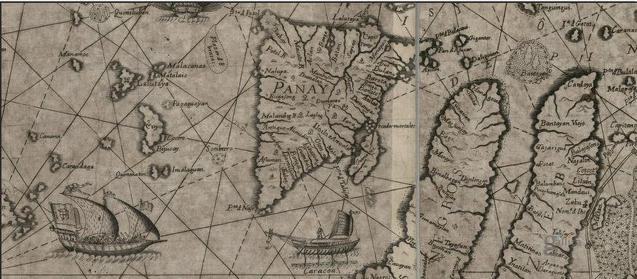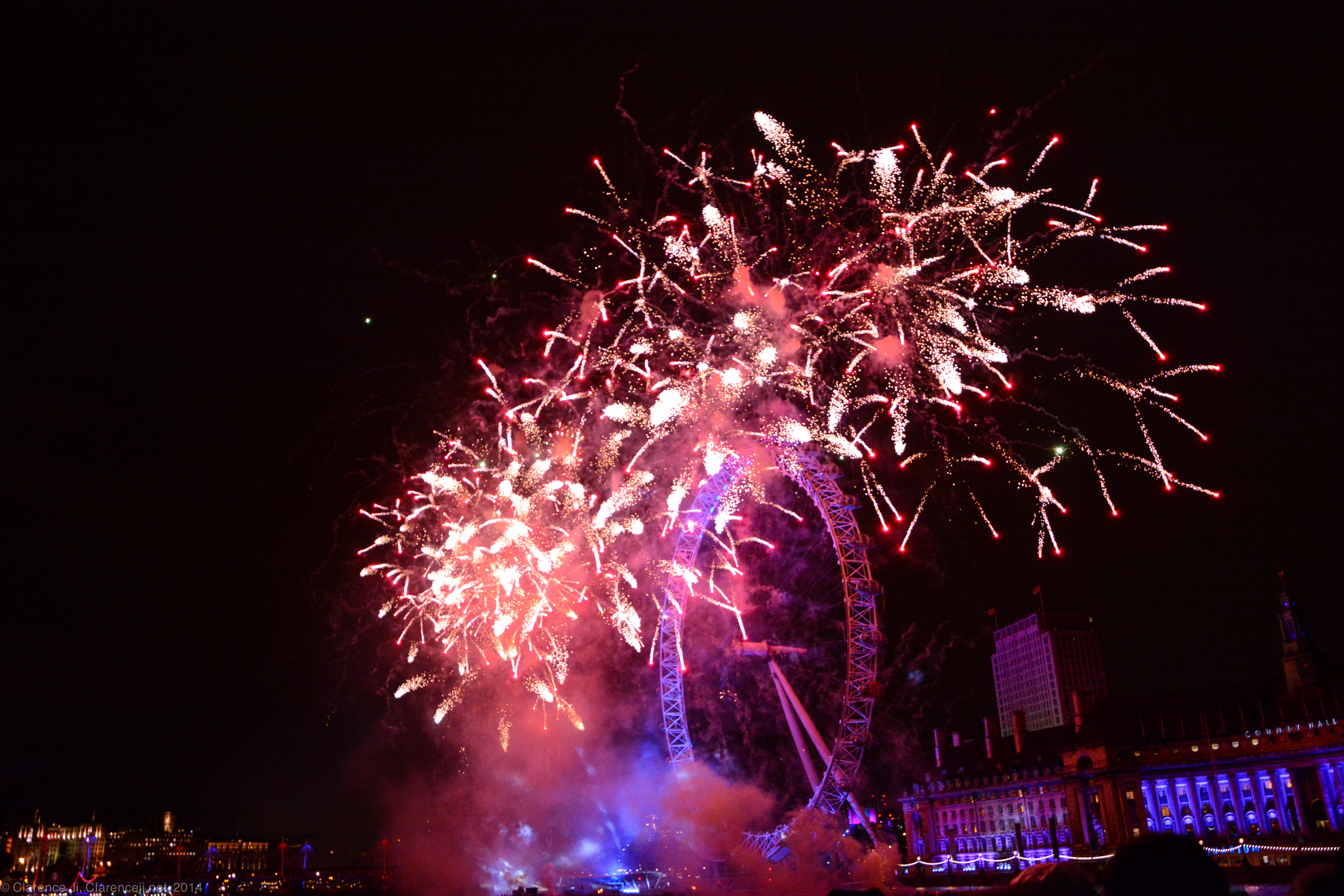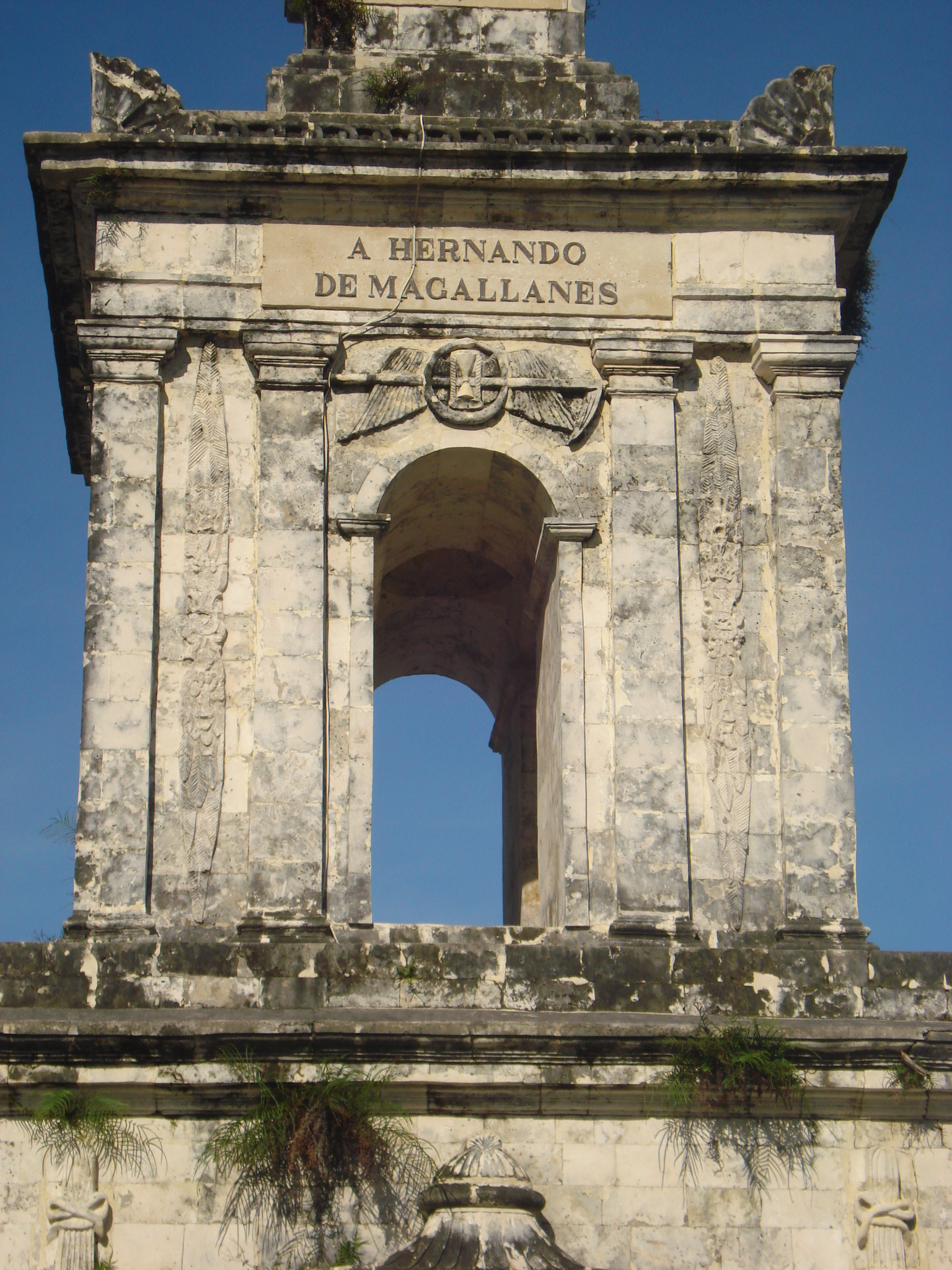|
Blockade Of Cebu
The Blockade of Cebu was a failed Portuguese naval action against the Spanish colony in the present-day city of Cebu, Philippines in 1568. The Portuguese fleet under captain-general Gonzalo Pereira blockaded Cebu in an effort to starve and expel the Spanish. However, the Spanish colony proved to be resistant to the blockade and the Portuguese fleet eventually suffered from typhoid fever. Pereira then decided to lift the blockade and sail the fleet to the Maluku Islands. Background In 1494, the Treaty of Tordesillas divided the lands outside of Europe in half between Spain and Portugal. The Spaniards obtained the Americas (except Brazil) and the Pacific while the Portuguese acquired Africa and parts of Asia. However, the Philippines was not mentioned in the treaty. The Spaniards originally ignored the islands because it was well west of their supposed claims. Charles V, monarch of Spain and the Holy Roman Empire, authorized an expedition by Ferdinand Magellan who was known to ha ... [...More Info...] [...Related Items...] OR: [Wikipedia] [Google] [Baidu] |
Cebu City
Cebu City, officially the City of Cebu ( ceb, Dakbayan sa Sugbo; fil, Lungsod ng Cebu; hil, Dakbanwa sang Sugbo), is a 1st class Cities of the Philippines#Legal classification, highly urbanized city in the Central Visayas Regions of the Philippines, region of the Philippines and capital of the Cebu, Cebu Province. According to the 2020 census, it has a population of 964,169 people, making it the sixth-most populated city in the nation and the most populous in the Visayas. It is the regional center of Central Visayas and seat of government of the province of Cebu, but governed separate from the province. The city and its Metro Cebu, metropolitan area exert influence on commerce, trade, industry, education, culture, tourism, and healthcare beyond the region, over the entire Visayas and partly over Mindanao. It is the Philippines' main domestic shipping port and is home to about 80% of the country's domestic shipping companies. Cebu City is bounded on the north by the town o ... [...More Info...] [...Related Items...] OR: [Wikipedia] [Google] [Baidu] |
Pacific Ocean
The Pacific Ocean is the largest and deepest of Earth's five oceanic divisions. It extends from the Arctic Ocean in the north to the Southern Ocean (or, depending on definition, to Antarctica) in the south, and is bounded by the continents of Asia and Oceania in the west and the Americas in the east. At in area (as defined with a southern Antarctic border), this largest division of the World Ocean—and, in turn, the hydrosphere—covers about 46% of Earth's water surface and about 32% of its total surface area, larger than Earth's entire land area combined .Pacific Ocean . '' Britannica Concise.'' 2008: Encyclopædia Britannica, Inc. The centers of both the |
Roxas, Capiz
Roxas City, officially the City of Roxas ( Capiznon/ hil, Dakbanwa sang Roxas; fil, Lungsod ng Roxas), is a 3rd class component city and capital of the province of Capiz, Philippines. According to the 2020 census, it has a population of 179,292 people. It is originally known as the Municipality of Capiz (from which the province derives its name), the area became a chartered city on May 12, 1951, and was renamed in honor of native Manuel Acuña Roxas, the fourth president of the Philippines and the first of the independent post-American Third Philippine Republic. Roxas City is the center of education, trade, economic activities and logistics in Northern Panay. The abundance of marine life makes Roxas City the "Seafood Capital of the Philippines." It has received Cleanest and Greenest Component City in Western Visayas Award in the Gawad Pangulo sa Kapaligiran (GPK) Cleanliness and Environmental contest. The Department of Health (DOH) awarded the city with the Red Orchid Award ... [...More Info...] [...Related Items...] OR: [Wikipedia] [Google] [Baidu] |
Panay
Panay is the sixth-largest and fourth-most populous island in the Philippines, with a total land area of and has a total population of 4,542,926 as of 2020 census. Panay comprises 4.4 percent of the entire population of the country. The City of Iloilo is its largest settlement with a total population of 457,626 inhabitants as of 2020 census. Panay is a triangular island, located in the western part of the Visayas. It is about across. It is divided into four Provinces of the Philippines, provinces: Aklan, Antique (province), Antique, Capiz and Iloilo, all in the Western Visayas Regions of the Philippines, Region. Just closely off the mid-southeastern coast lies the island-province of Guimaras. It is located southeast of the island of Mindoro and northwest of Negros Island, Negros across the Guimaras Strait. To the north and northeast is the Sibuyan Sea, Jintotolo Channel and the island-provinces of Romblon and Masbate; to the west and southwest is the Sulu Sea and the Palawan a ... [...More Info...] [...Related Items...] OR: [Wikipedia] [Google] [Baidu] |
New Year's Day
New Year's Day is a festival observed in most of the world on 1 January, the first day of the year in the modern Gregorian calendar. 1 January is also New Year's Day on the Julian calendar, but this is not the same day as the Gregorian one. Whilst most solar calendars (like the Gregorian and Julian) begin the year regularly at or near the northern winter solstice, cultures that observe a lunisolar or lunar calendar celebrate their New Year (such as the Chinese New Year and the Islamic New Year) at less fixed points relative to the solar year. In pre-Christian Rome under the Julian calendar, the day was dedicated to Janus, god of gateways and beginnings, for whom January is also named. From Roman times until the middle of the 18th century, the new year was celebrated at various stages and in various parts of Christian Europe on 25 December, on 1 March, on 25 March and on the movable feast of Easter. In the present day, with most countries now using the Gregorian calendar ... [...More Info...] [...Related Items...] OR: [Wikipedia] [Google] [Baidu] |
Moluccans
Moluccans are the Austronesian-speaking and Papuan-speaking ethnic groups indigenous to the Maluku Islands (also called the Moluccas), Indonesia. The region was historically known as the Spice Islands, and today consists of two Indonesian provinces of Maluku and North Maluku. As such, "Moluccans" is used as a blanket term for the various ethnic and linguistic groups native to the islands. Islam and Christianity are major religions of most Moluccans. Despite religious differences, all groups share strong cultural bonds and a sense of common identity, such as through Adat. Music is also a binding factor, playing an important role in the cultural identity, and the Moluccan capital city of Ambon was awarded the official status of City of Music by UNESCO in 2019. A small population of Moluccans (~50.000+) live in the Netherlands. This group mainly consists of the descendants of soldiers from the KNIL, the Dutch Colonial Army, who were originally brought to the Netherlands tempora ... [...More Info...] [...Related Items...] OR: [Wikipedia] [Google] [Baidu] |
Sebastian Of Portugal
Sebastian ( pt, Sebastião I ; 20 January 1554 – 4 August 1578) was King of Portugal from 11 June 1557 to 4 August 1578 and the penultimate Portuguese monarch of the House of Aviz. He was the son of João Manuel, Prince of Portugal, and his wife, Joanna of Austria. He was the grandson of King John III of Portugal and Holy Roman Emperor Charles V. He disappeared (presumably killed in action) in the battle of Alcácer Quibir, against the Saadians of Morocco. Sebastian I is often referred to as ''the Desired'' (Portuguese: ''o Desejado'') or ''the Hidden'' (Portuguese: ''o Encoberto''), as the Portuguese people longed for his return to end the decline of Portugal that began after his death. He is considered to be the Portuguese example of the King asleep in mountain legend as Portuguese tradition states his return, in a foggy dawn, in Portugal's greatest hour of need. Early life Sebastian was born shortly after eight in the morning of 20 January 1554 (the feast of Saint Seba ... [...More Info...] [...Related Items...] OR: [Wikipedia] [Google] [Baidu] |
Philip II Of Spain
Philip II) in Spain, while in Portugal and his Italian kingdoms he ruled as Philip I ( pt, Filipe I). (21 May 152713 September 1598), also known as Philip the Prudent ( es, Felipe el Prudente), was King of Spain from 1556, King of Portugal from 1580, and King of Naples and Sicily from 1554 until his death in 1598. He was '' jure uxoris'' King of England and Ireland from his marriage to Queen Mary I in 1554 until her death in 1558. He was also Duke of Milan from 1540. From 1555, he was Lord of the Seventeen Provinces of the Netherlands. The son of Emperor Charles V and Isabella of Portugal, Philip inherited his father's Spanish Empire in 1556 and succeeded to the Portuguese throne in 1580 following a dynastic crisis. The Spanish conquests of the Inca Empire and of the Philippines, named in his honor by Ruy López de Villalobos, were completed during his reign. Under Philip II, Spain reached the height of its influence and power, sometimes called the Spanish Golden Age, and r ... [...More Info...] [...Related Items...] OR: [Wikipedia] [Google] [Baidu] |
Battle Of Mactan
The Battle of Mactan ( ceb, Gubot sa Mactan; fil, Labanan sa Mactan; es, Batalla de Mactán) was a fierce clash fought in the archipelago of the Philippines on April 27, 1521. The warriors of Lapulapu, one of the Datus of Mactan, overpowered and defeated a Spanish force fighting for Rajah Humabon of Cebu under the command of Portuguese explorer Ferdinand Magellan, who was killed in the battle. The outcome of the battle resulted in the departure of the Spanish crew from the archipelago of the Philippines. Background Magellan's expedition had left Spain in August 1519 on a mission to find a westward route to the Moluccas or Spice Islands. On March 16, 1521 (Julian calendar), Magellan sighted the mountains of what is now Samar. This event marked the arrival of the first documented Europeans in the archipelago. The following day, Magellan ordered his men to anchor their ships on the shores of Homonhon Island. There, Magellan befriended Rajah Kolambu and Rajah Siagu, king of L ... [...More Info...] [...Related Items...] OR: [Wikipedia] [Google] [Baidu] |
Magellan Expedition
The Magellan expedition, also known as the Magellan–Elcano expedition, was the first voyage around the world in recorded history. It was a 16th century Spanish expedition initially led by Portuguese explorer Ferdinand Magellan to the Moluccas, which departed from Spain in 1519, and completed in 1522 by Spanish navigator Juan Sebastián Elcano, after crossing the Atlantic, Pacific and Indian oceans, culminating in the first circumnavigation of the world. The expedition accomplished its primary goalto find a western route to the Moluccas (Spice Islands). The fleet left Spain on 20 September 1519, sailed across the Atlantic ocean and down the eastern coast of South America, eventually discovering the Strait of Magellan, allowing them to pass through to the Pacific Ocean (which Magellan named). The fleet completed the first Pacific crossing, stopping in the Philippines, and eventually reached the Moluccas after two years. A much-depleted crew led by Juan Sebastián Elcano finally ... [...More Info...] [...Related Items...] OR: [Wikipedia] [Google] [Baidu] |
Ferdinand Magellan
Ferdinand Magellan ( or ; pt, Fernão de Magalhães, ; es, link=no, Fernando de Magallanes, ; 4 February 1480 – 27 April 1521) was a Portuguese explorer. He is best known for having planned and led the 1519 Spanish expedition to the East Indies across the Pacific Ocean to open a maritime trade route, during which he discovered the interoceanic passage bearing thereafter his name and achieved the first European navigation from the Atlantic to Asia. During this voyage, Magellan was killed in the Battle of Mactan in 1521 in the present-day Philippines, after running into resistance by the indigenous population led from Lapulapu, who consequently became a Philippines national symbol of resistance to colonialism. After Magellan's death, Juan Sebastián Elcano took the lead of the expedition, and with its few other surviving members in one of the two remaining ships, completed the first circumnavigation of Earth when they returned to Spain in 1522. Born 4 February 1480 into a ... [...More Info...] [...Related Items...] OR: [Wikipedia] [Google] [Baidu] |
Holy Roman Empire
The Holy Roman Empire was a Polity, political entity in Western Europe, Western, Central Europe, Central, and Southern Europe that developed during the Early Middle Ages and continued until its Dissolution of the Holy Roman Empire, dissolution in 1806 during the Napoleonic Wars. From the accession of Otto I in 962 until the twelfth century, the Empire was the most powerful monarchy in Europe. Andrew Holt characterizes it as "perhaps the most powerful European state of the Middle Ages". The functioning of government depended on the harmonic cooperation (dubbed ''consensual rulership'' by Bernd Schneidmüller) between monarch and vassals but this harmony was disturbed during the Salian Dynasty, Salian period. The empire reached the apex of territorial expansion and power under the House of Hohenstaufen in the mid-thirteenth century, but overextending led to partial collapse. On 25 December 800, Pope Leo III crowned the List of Frankish kings, Frankish king Charlemagne as Carolingi ... [...More Info...] [...Related Items...] OR: [Wikipedia] [Google] [Baidu] |

.jpg)
.jpg)



.jpg)



